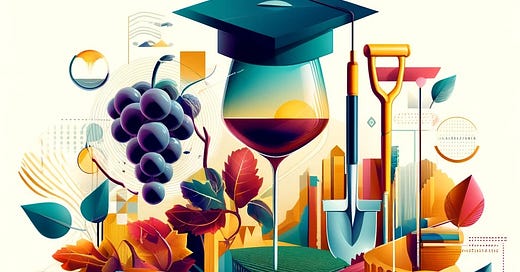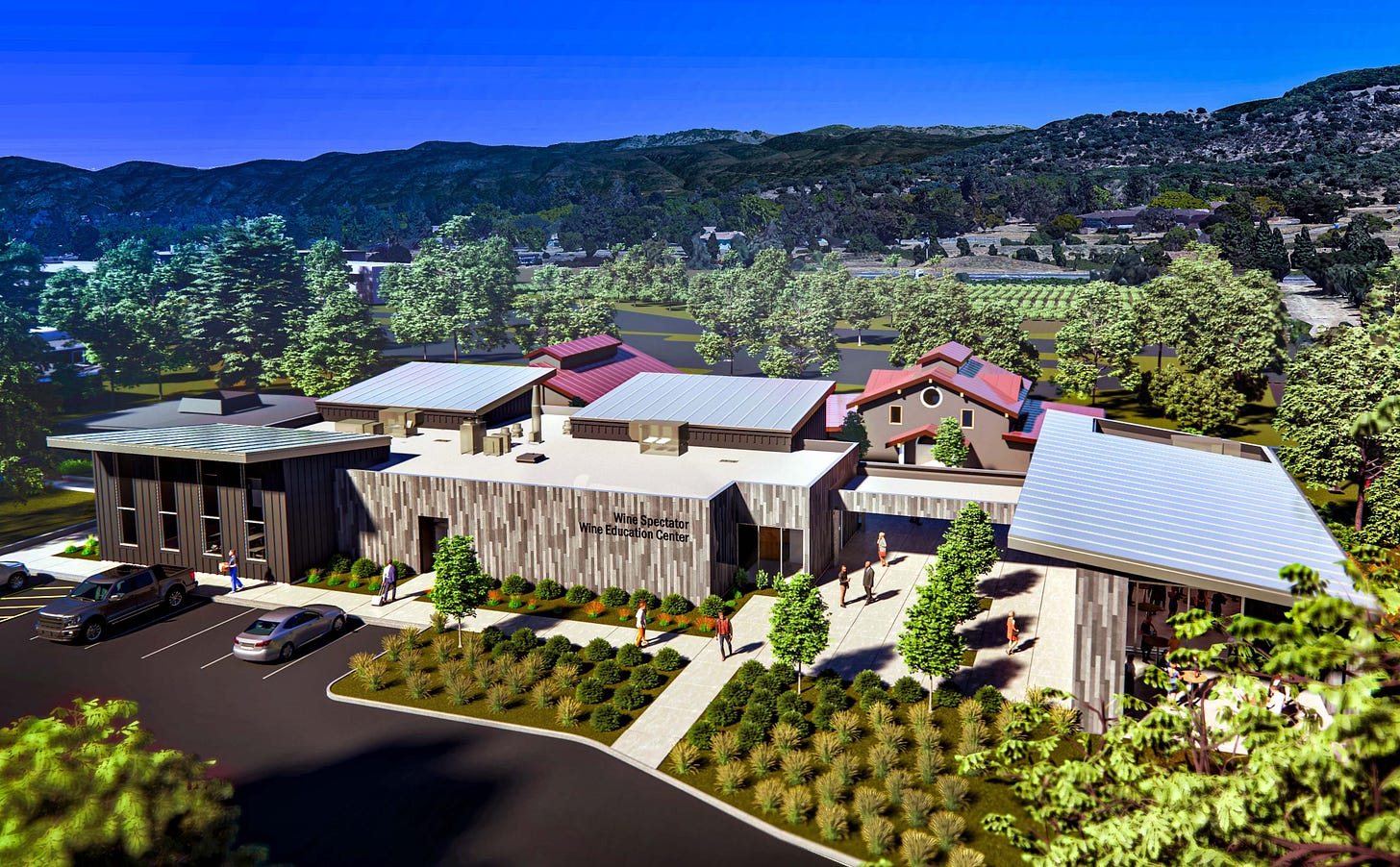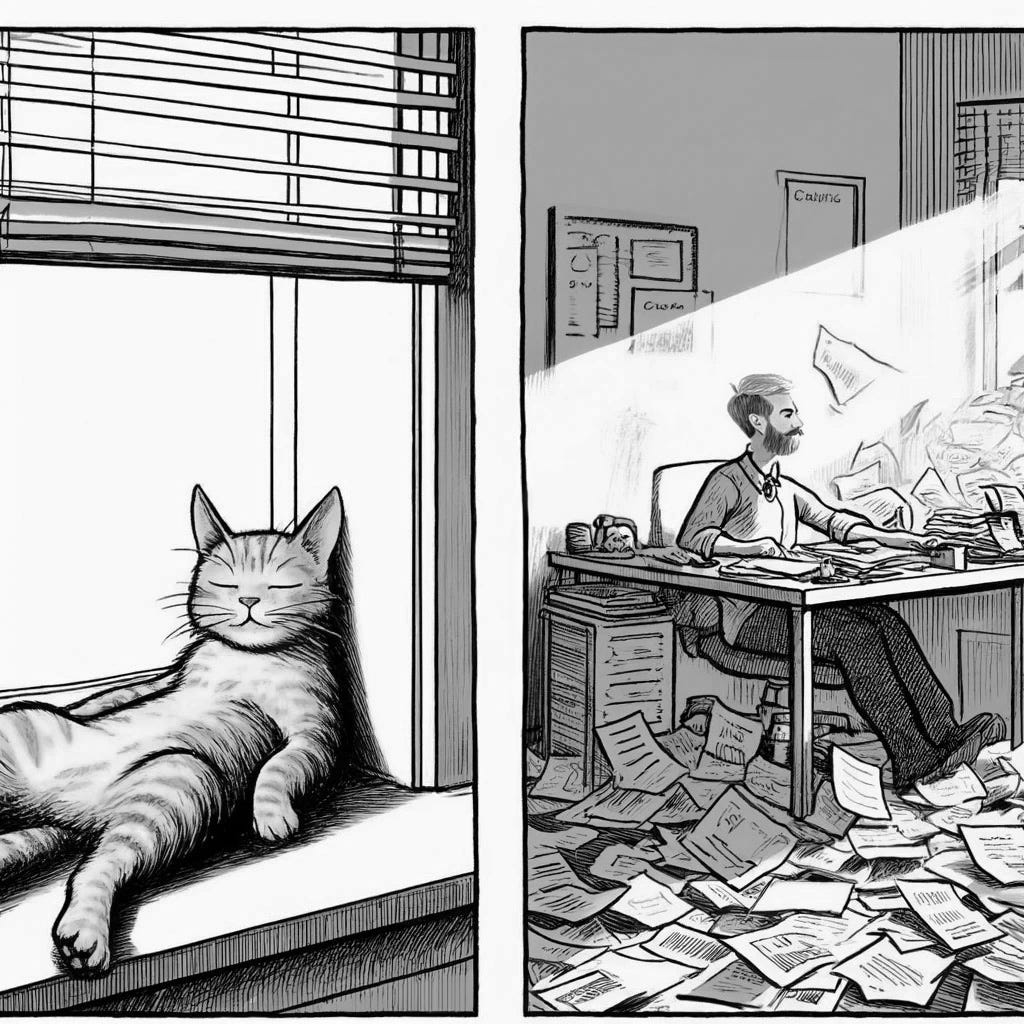NAPA, Calif. — A groundbreaking ceremony took place Friday, May 17, on the Napa Valley College campus to announce the Napa Valley Wine Education Complex, an innovative new center that will be constructed for the college’s new Food and Wine Pathway Program and its degree programs in Viticulture Winery Technology and Hospitality Culinary Tourism Management.
Phase one of the project, the Wine Spectator Wine Education Center, was made possible by a $10 million gift from Marvin R. Shanken, owner and publisher of The Wine Spectator, and the Wine Spectator Scholarship Foundation.
Napa Valley College Superintendent/President Torence Powell spoke to the significance of this new center in his remarks, saying, “We celebrate the Wine Spectator’s gift to build a Wine Education Center at the southern entrance to the college, the gateway to the Napa Valley.”
Wine Spectator’s gift is both the biggest ever given to the program and the largest the foundation has ever received.
“This is the largest commitment in Wine Spectator Foundation history,” said Mel Mannion, senior adviser to the chairman of the Wine Spectator Scholarship Foundation. “It reflects Wine Spectator’s affection for and commitment to the Napa Valley.”
Additional money came from the estate of college supporter, vineyard owner and Napa Valley College alum Evelyn Allen, who began taking winemaking and viticulture classes at the campus in 1944 and continued until her death at the age of 94. Allen left the program a 13-acre Napa Valley property that included two homes and 8 acres of cabernet sauvignon contracted to Caymus as well as an additional rental property in the town of Napa.
The donations come at a time when many in Napa Valley’s wine and tourism sectors feel there is a burgeoning need for highly trained hospitality staff in the region. Hospitality jobs represent Napa County’s second-largest employment sector, according to the Employment Development Department, with an expected 2,272 new jobs coming on line by 2028.
Napa Valley College offers a viable option for many students who would not otherwise be able to afford an education, with 33% of its student population first-generation college applicants, 30% from families unable to help financially, and 67% of its students already in the work force and only able to go to school part time.
The college hopes to create paths for meaningful employment through education, focusing on winegrowing, winemaking, wine marketing, and sales and hospitality, in addition to a new winery-chef certificate to reflect the Napa Valley wineries’ increased desire to have chefs onsite for wine and food pairings and events.
This first phase is fully funded, designed to include two sensory classrooms with seating for 80 students at a time and a laboratory classroom with 28 lab stations. It will be a key component of the 10,000-square-foot Napa Valley College Wine Education Complex, which will also include a Wine and Hospitality Training Center (phase two), which, once completed, will double current teaching and training facilities.
In addition to degrees offered in viticulture, wine marketing, and sales and winemaking, certificates across many of the same disciplines will also be offered, as well as a Distance Education Wine Production certificate. It will be staffed by two full-time and eight adjunct faculty.
The Wine and Hospitality Training Center is still in the fundraising stage and will include a demonstration kitchen for hands-on training and demonstration tasting bar with seating set to mimic real-life tasting and hospitality spaces to provide students the ability to acquire the skills needed in a competitive job market.
In addition to this new center, Napa Valley College will be one of the few community colleges to offer on-campus housing, set to open August 2024.
Editor’s note: This article has been edited to remove errors.
Poll Results From Past Related Article
When Paul Wagner wrote about the unveiling of the plans for this expansion at the Napa Valley College, in “Napa Valley College unveils new wine education center,” we included the same polls as above. The results from those polls were as follows. It will be interesting to note if / how these views have changed since the original article ran in February.
Those polls indicated strong support and recognition of the importance of expanding and modernizing Napa Valley College's wine program. Most respondents (80%) view the expansion as crucial for the local wine industry, and modern technology is seen as essential in advancing wine education, with 90% considering it extremely or very important. Financial sustainability is the primary concern among respondents regarding the expanded wine program, while environmental impact is the least-concerning issue.
The expansion of Napa Valley College's wine program is crucial for the local wine industry: The majority of respondents believe that the expansion of Napa Valley College's wine program is crucial for the local wine industry, with 51% strongly agreeing and 29% agreeing. Only a small percentage were neutral (15%), disagreed (4%) or strongly disagreed (1%). The total number of votes cast in this poll was 73.
Importance of modern technology in advancing wine education at Napa Valley College: Modern technology is considered highly important in advancing wine education at Napa Valley College, with 59% of respondents deeming it extremely important and 31% rating it very important. A smaller portion of respondents rated it as moderately important (10%), while no respondents considered it slightly important or not important at all. The total number of votes in this poll was 58.
Concerns regarding Napa Valley College's expanded wine program: Financial sustainability emerged as the biggest concern regarding Napa Valley College's expanded wine program, with 42% of respondents selecting this option. Other concerns included the over-reliance on the wine economy (21%), quality of education (14%) and environmental impact (5%). Notably, 18% of respondents indicated they had no concerns about the program. The total number of votes cast in this poll was 57.
If today’s story captured your interest, explore these related articles:
Pym-Rae Tesseron Estate creates new wine and honors Robin Williams
Sunday E-dition: Joann Serafini supports Jameson Humane with core program
113 contestants show skill, determination at 22nd Annual Napa County Pruning Contest
Sustainability champions: Clif Family Winery gains B Corp rank
Father and son winemakers Daniel and Sam Baron mix old with new
Virginie Boone writes about the wines, spirits and people of the Napa Valley and beyond. Follow her Instagram @virginieboone or visit virginieboone.com
Levity Corner
Caption contest. Pick your favorite caption or add your own in the comments below
Vote for your favorite in the poll below (there’s not enough room in the polls for the complete answers).
“Yes, we lose money on every bottle we sell, but we'll make it up in volume.”
"Our secret to success: Add a fancy name and triple the price."
"We call it ‘mystery wine’ because even we aren’t sure what’s in it."
"What do you mean ‘warehouse clearance’ isn’t a luxury term?"
“Remember, you can make wine from money or money from wine.”
Or leave your own suggested caption in the comments.
Last week’s winner
Last week, in, Sunday E-dition: Safety Is Key While Riding a Bike in Napa Valley, by Dave Stoneberg, the winning caption, with 50% of the votes was, "9 lives vs. 9 to 5,” and reader Kathy Oates suggested, “I love when Mom opens the window.”
Last Week
Tim Carl examined the wine industry's significant challenges in "Outrunning the Bear," highlighting the imbalance between supply and demand. Napa Valley, as a key indicator, is experiencing a downturn in global wine consumption while the number of wineries continues to rise. Industry experts, including Jeff Bitter, suggest drastic measures such as reducing vineyard acreage to stabilize the market. Michael Honig emphasized the need for strategic flexibility and direct customer engagement. The article underscores the urgency for the wine industry to adapt to changing market conditions to ensure survival.
Rosemarie Kempton reported on Chris Cammarata's featured work at Yountville's 12th Art, Sip & Stroll in "Art, Sip & Stroll Features Chris Cammarata Paintings." Cammarata, known for portraits of celebrities such as Audrey Hepburn, Marilyn Monroe and Ray Charles, created the event's signature piece, "The Art of Wine." The festival, showcasing 65 juried artists, offers a mix of art, wine and live music. Cammarata's recent "Splash Series" and other works are displayed at the Steve Rogers Gallery, where visitors can view and purchase his art while listening to his recorded insights.
Dan Berger examined the California wine industry’s current challenges in "Wine in Crisis: Navigating Prohibitionist Waves and Market Shifts." Berger discussed the dual threats of a renewed prohibitionist movement and the diversification of adult beverage preferences, which have led to a significant decline in wine sales. The article traced historical prohibitionist trends, noting their temporary impact, and highlighted the rise of alternative beverages such as hard cider and flavored wines. Berger emphasized that the industry must adapt to these shifts to survive the ongoing crisis.
Tom Hixson discussed the underappreciated heuchera plant in "Heuchera: Unleashing Color and Resilience in Your Garden." Hixson highlighted heuchera's adaptability to various climates and soils, drought tolerance and aesthetic appeal, particularly its colorful foliage and delicate flowers. Despite its clunky name, heuchera's versatility makes it ideal for use as ground cover, borders or in rock gardens. He emphasized that these low-maintenance plants thrive in different light conditions and offer an array of colors and forms, making them a valuable addition to any garden.
Dave Stoneberg highlighted bicycle safety in "Safety Is Key While Riding a Bike in Napa Valley." He emphasized wearing bright clothing, using daytime running lights and always wearing a helmet. Stoneberg shared local cycling routes, including the Napa Valley Vine Trail, Silverado Trail and various paths in Calistoga. He also discussed the importance of visibility and awareness on the road. Stoneberg recounted personal experiences and advice from local cycling expert Rob Nelson to underline the importance of safety measures for cyclists.
Next Week
Next week we will have more interesting articles from a host of Napa Valley Features contributors. Carl will provide a visual recap of BottleRock, while the Master Gardener series will focus on invasive plants. Dan Berger will explore Napa Valley wine, and our Weekender guide will highlight events and activities in the region. On Saturday, Carl will delve into the top taxpayers in Napa County in the "Under the Hood" series. We might also hear from Sasha Paulsen about recent arrivals. There will also be even more information included.












